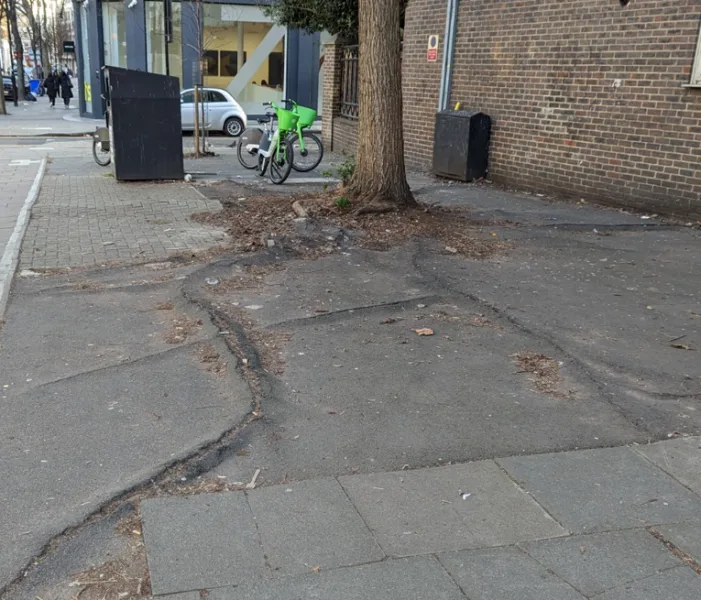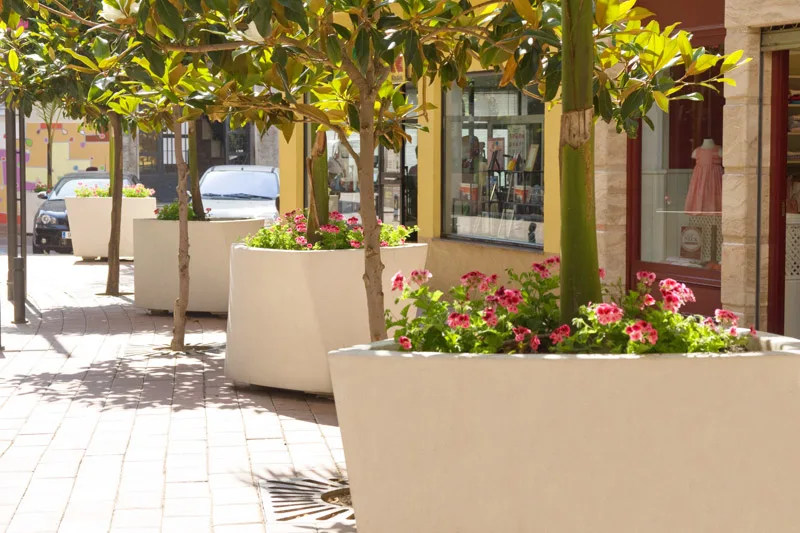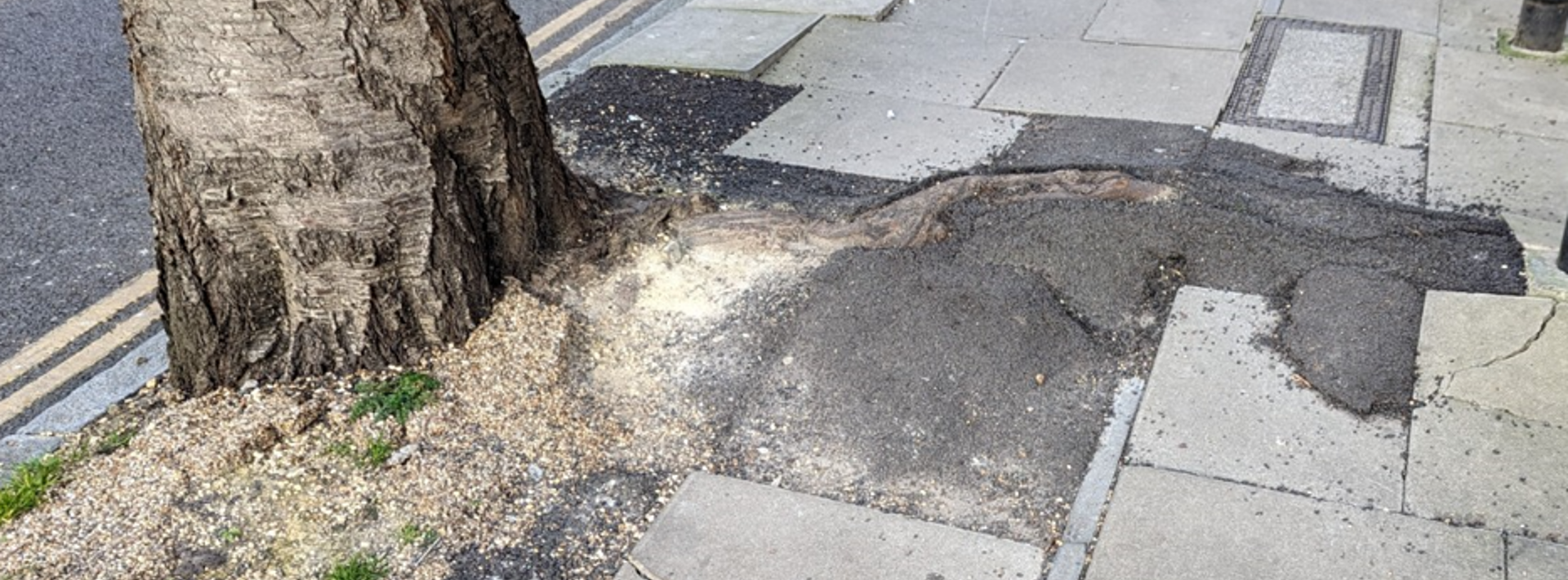Blog
Harmonising Urban Developments and Green Infrastructure with Permeable Pavements

Integrating nature into new urban development designs is crucial for fostering sustainable and healthy communities; it enhances well-being, promotes biodiversity, mitigates environmental impact, and creates more aesthetically pleasing and resilient spaces. But yet there is a clash between the built environment and nature when it comes to pavements and roads.
People require pavements, roads, and structures, while trees need fertile soil and nutrients to flourish. This conflict often results in either the built environment harming trees or trees damaging the built infrastructure, with cracks and damage to pavements. It's a problem that cities worldwide face as they grapple with the dilemma of accommodating both the urban jungle and the natural one.
In this article, we take a look at permeable paving as a solution to this conflict , supporting planning policies aimed at enhancing urban green infrastructure while benefiting the environment and preserving the health of trees.
The Importance of Urban Trees

Urban planning policies now emphasise the integration of trees into the built environment to enhance 'green infrastructure.' The advantages of urban trees include:
• Pollution Reduction: Trees act as natural air filters, removing pollutants like ozone, nitrogen dioxide, and particulates, ultimately improving air quality and public health
• Carbon Sequestration: Trees absorb and store carbon dioxide while releasing oxygen, mitigating greenhouse gas emissions
• Noise Reduction: Trees and vegetation significantly reduce noise in urban areas
• Hydrology: Trees help prevent erosion, enhance water quality by filtering pollutants, and reduce groundwater run-off, thus minimising the risk of flooding
• Wildlife Habitat: Urban trees support biodiversity, offering bird nesting sites and fostering insect life. They also serve as wildlife corridors between isolated areas
Permeable paving as a solution to the conflict between urban trees and hard landscaping
Various standards and guidelines have been published to address the problem of tree roots and urban development, stipulating clearance space around trees when installing structures or hard landscaping. However, Arboricultural Practice Note 1 Driveways Close to Trees (APN1) in 1996 presented a groundbreaking approach. It suggested that driveways could be installed within the root protection zone provided specific conditions were met, including:
• Roots must not be severed
• Soil should not be compacted
• Free movement of oxygen and carbon dioxide into and out of the soil should be maintained
• Water infiltration into the soil should not be impeded
This guidance aligns perfectly with the advantages of permeable paving . By simulating natural drainage cycles and allowing surface water to infiltrate the paved surface, permeable subbase materials facilitate the aeration, moisture, and nutrient supply essential for tree root health.
The use of subbase replacement systems such as Cellular Confinement or Crate Systems can provide the necessary structural capacity for pavements without the need for excessive soil compaction. This approach supports Sustainable Urban Drainage Systems (SUDs) by allowing water infiltration without restricting tree root growth. Doing so mitigates the risk of root heave and pavement damage.
Success Stories
The adoption of permeable paving has demonstrated its success in creating and sustaining green infrastructure on various projects. For instance, Marshalls was proud to be part of the Bridget Joyce Square project, where the use of permeable paving exemplified the harmonious integration of urban development and green infrastructure.

Bridget Joyce Square Project
The conflict between urban development and nature can be resolved by embracing permeable paving solutions. By recognising the relationship between urban trees and well-planned infrastructure, we can create more sustainable, eco-friendly towns and cities that benefit both people and the environment. Permeable paving is vital to achieving this balance in our ever-evolving urban landscape.
Further details about permeable paving in urban landscapes
Within Marshalls, we have a wealth of experience when it comes to permeable paving and effective sub-base design; our Design and Engineering Team work with our customers to deliver projects which meet a range of conflicting needs.
You can find more information about permeable paving and SuDS, including commonly asked questions and a permeable design guide, on our website, or get in touch with the Design Team on email.










